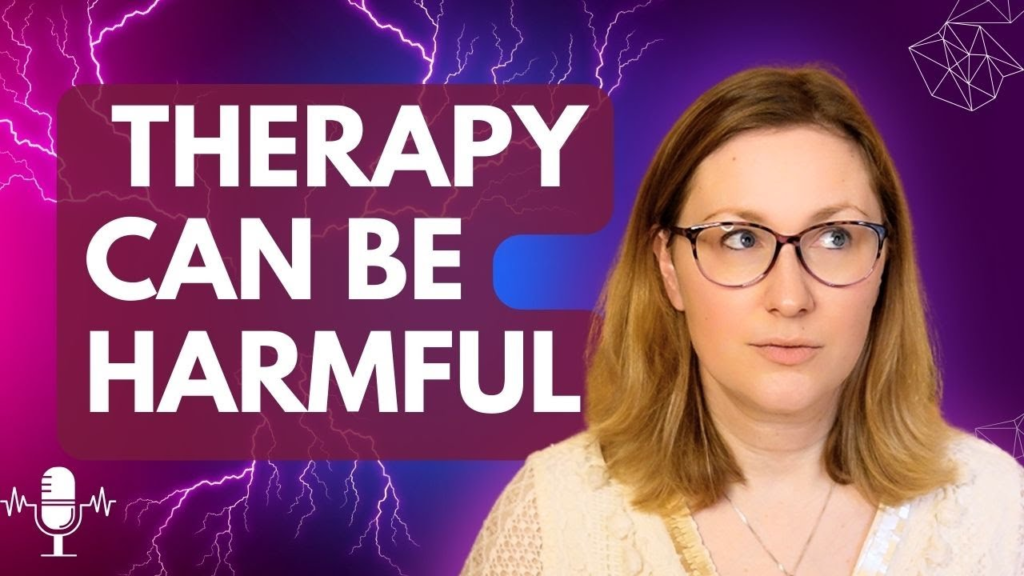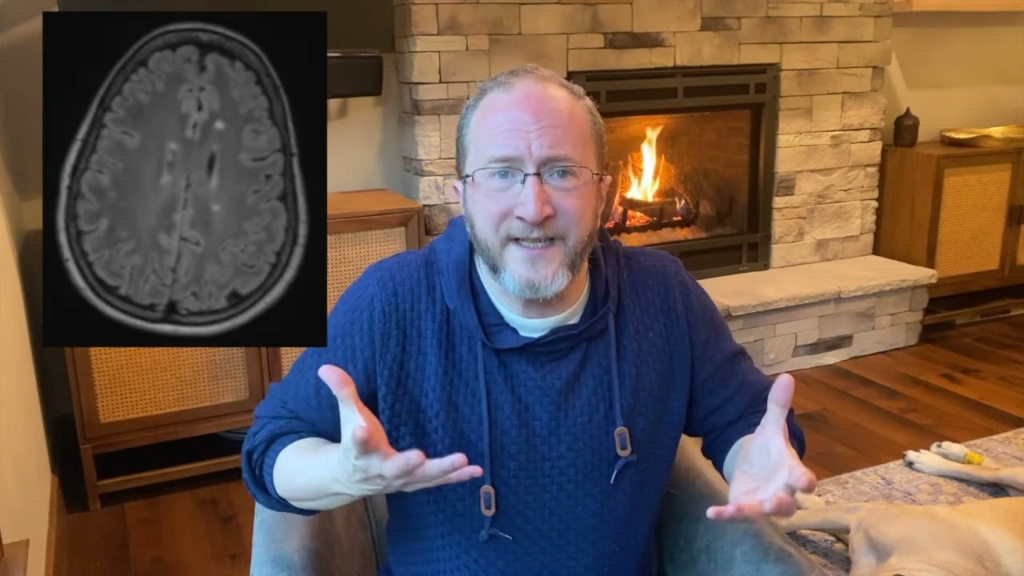
Patient Talk
Why Worse? A Multiple Sclerosis Neurologist Explains
My Morning With Multiple Sclerosis

What does your morning routine look like? For some, you rise the second you hear the alarm, others hit snooze a handful of times. It’s believed, how you approach your morning routine can set the tone for the day. We spoke with four people living with multiple sclerosis about their morning routines, to get a deeper look into how they find stability through an unpredictable disease. Nearly one million people are living with MS in the United States. Multiple Sclerosis is a disease of the central nervous system which disrupts the flow of information between the brain and body. Some common symptoms are fatigue, spasticity, tingling, and dizziness. MS symptoms can fluctuate over time and no two people experience the same set of symptoms.
10 Autism in Childhood Traits You Should Know
Welcome to our comprehensive guide on Exploring the Lopebet Online Casino Website: Features and Navigation.
Online casinos have gained immense popularity in recent years, offering players the convenience of enjoying their favorite casino games from the comfort of their homes. Lopebet Online Casino is one such platform that has been making waves in the world of online gambling. In this article, we will take you on a tour of the Lopebet Indiao website, highlighting its key features and providing insights into its navigation.
User-Friendly Interface
First impressions matter when it comes to online casinos, and Lopebet certainly doesn’t disappoint. The website boasts a user-friendly interface that caters to both newcomers and seasoned players. Upon landing on the homepage, you’ll notice the sleek and intuitive design that makes navigation a breeze.

The main menu is prominently displayed at the top of the page, allowing you to access essential sections of the website effortlessly. Whether you’re looking for your favorite games, promotions, or support, it’s all just a click away.
Game Variety
One of the most crucial aspects of any online casino is its game selection, and Lopebet excels in this department. They offer a diverse range of games to cater to every player’s preferences. Here’s a glimpse into the different game categories you can explore:
- Slots: Lopebet boasts an extensive collection of slot games, including classic 3-reel slots, video slots, and progressive jackpot slots. Whether you prefer timeless classics or the latest releases, you’ll find plenty of options to spin the reels.
- Table Games: If you’re a fan of table games like blackjack, roulette, poker, and baccarat, Lopebet has you covered. These games come in various variations to keep things exciting.
- Live Dealer Games: Experience the thrill of a real casino from the comfort of your home with Lopebet’s live dealer games. Interact with professional dealers in real-time as you play games like live blackjack, roulette, and more.
With such a diverse selection, you’re bound to find games that suit your taste and skill level. Lopebet ensures that there’s never a dull moment for its players.
Promotions and Bonuses
Online casinos often entice players with enticing promotions and bonuses, and Lopebet is no exception. They offer a variety of promotional offers to enhance your gaming experience and boost your chances of winning big. Let’s explore some of the promotions you can take advantage of:
- Welcome Bonus: New players are greeted with a generous welcome bonus that may include a deposit match and free spins. It’s a great way to kickstart your Lopebet journey.
- Reload Bonuses: Lopebet frequently rewards loyal players with reload bonuses on subsequent deposits. These bonuses provide additional value and extend your gameplay.
- Loyalty Rewards: The casino also runs a loyalty program where players can earn points for their wagers. These points can be exchanged for cash rewards, free spins, or other perks.
Before claiming any bonuses, be sure to review the terms and conditions associated with each offer. It’s essential to understand the wagering requirements and any restrictions to make the most of these promotions.
Payment Options and Security
When it comes to online gambling, security and payment options are of paramount importance. Lopebet takes these concerns seriously and ensures that players can enjoy a secure and convenient gaming experience.
They offer a range of trusted payment methods, including credit/debit cards, e-wallets, bank transfers, and more. Deposits are typically processed quickly, allowing you to start playing without delay. Withdrawals are also straightforward, with prompt payouts to your chosen account.
To safeguard your personal and financial information, Lopebet employs state-of-the-art encryption technology. This ensures that your data remains confidential and protected from unauthorized access.
In conclusion, exploring the Lopebet Online Casino website reveals a world of exciting gaming opportunities and user-friendly features. Whether you’re a seasoned player or new to online gambling, Lopebet caters to all preferences with its diverse game selection and generous promotions. Rest assured that your security is a top priority, allowing you to play with peace of mind.

